Outer Space & Universe
Outer Space & Universe
Space, also known as outer space, is the near-vacuum between celestial bodies. It is where everything (all of the planets, stars, galaxies and other objects) is found.
On Earth, space begins at the Kármán line (100 km above sea level). This is where Earth's atmosphere is said to stop and outer space begins. This is not a firm boundary but is a convention used by scientists and diplomats.
Items in space are free to move back and forth; up and down; and left and right. These three dimensions are what make 3D space. Items also move forward through time, which is sometimes called the fourth dimension.
The majority of space contains very little matter and so most of it is a vacuum. Scientists do not know how big space is but we do know that space is extremely big, and is always expanding.
According to the big bang theory, all matter and energy in the Universe was compressed into a very small space. Then it exploded and started expanding. Space is still growing in size today; this means the distance from one galaxy to distant galaxies is getting longer.
Gravity is the force that keeps the Moon in orbit around the Earth and the planets in orbit around the Sun. Gravity can stretch and bend space similar to how a heavy ball placed on a stretched sheet of rubber will cause the rubber to stretch. The scientist who discovered that space can bend is named Albert Einstein. How gravity bends space is part of his theory of general relativity.
Astronauts, Cosmonauts, Taikonauts and Spationauts
An astronaut is any person who is trained by NASA to travel and perform tasks in space. Although the space traveler may not necessarily be a United States citizen, each astronaut does go through a rigorous training regiment by the National Aeronautics and Space Administration. Other space travelers go by other names then astronaut depending on their country of origin.
In the United States, astronaut is derived from the Greek words ástron (star) and nautis (sailor). While, in Russia, a space traveler goes by the name космонавт (English: cosmonaut), which is derived from the Greek words kosmos (universe) and nautis (sailor). Westerners call a space traveler from China a taikonaut, based on the 1998 writings of Chiew Lee Yik and Chen Lan where the term tàikōng (great emptiness), Chinese for “space”. In China, the term yuháng yuán (universe navigator) is used for space traveler.
Only the United States of America (United States), Russia (earlier, the Union of Soviet Socialist Republics), and the People’s Republic of China (China) have sent manned spacecraft into space. Other countries have assisted these countries by sending their own space travelers on space missions. For instance, a French space traveler is called a spationaut (from the French word spationaute), which is derived from the Latin spatium (space) and Greek nautis (sailor). (plural in Greek nautes = sailors)
-
05:18
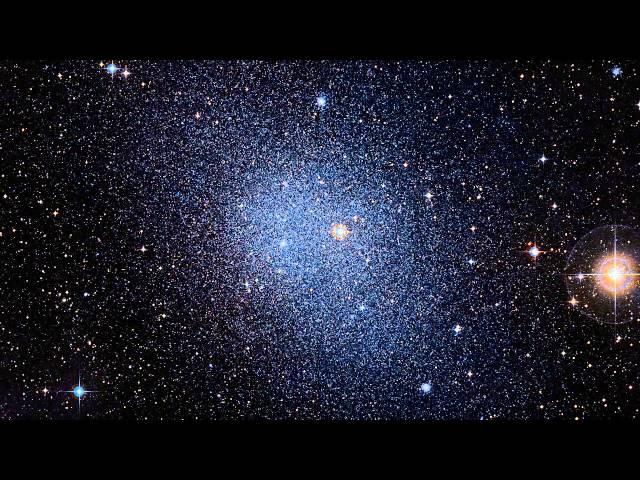
Stars Missing from Globular Clusters Challenges Theories | Video
Added 785 Views / 0 LikesStars Missing from Globular Clusters Challenges Theories | Video
-
03:37
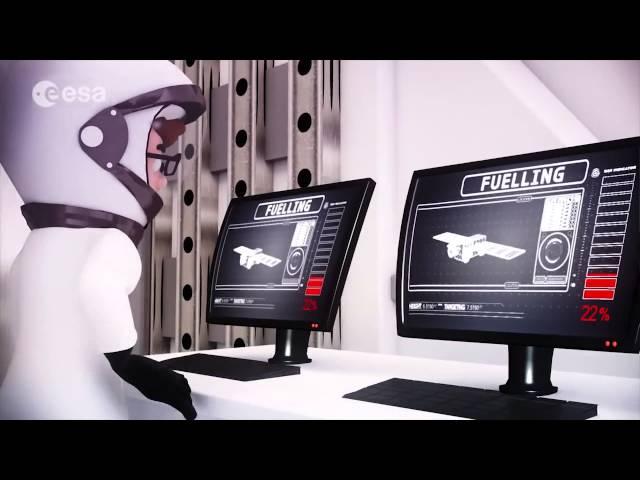
Cartoon Satellite Helps Explain Serious Space Debris Threat | Video
Added 652 Views / 0 LikesCartoon Satellite Helps Explain Serious Space Debris Threat | Video
-
04:13
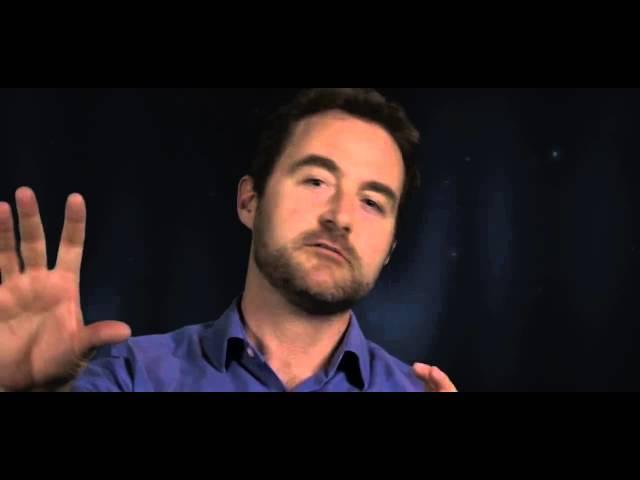
Europa May Harbor Simple Life Forms | Video
Added 761 Views / 0 LikesEuropa May Harbor Simple Life Forms | Video
-
01:59
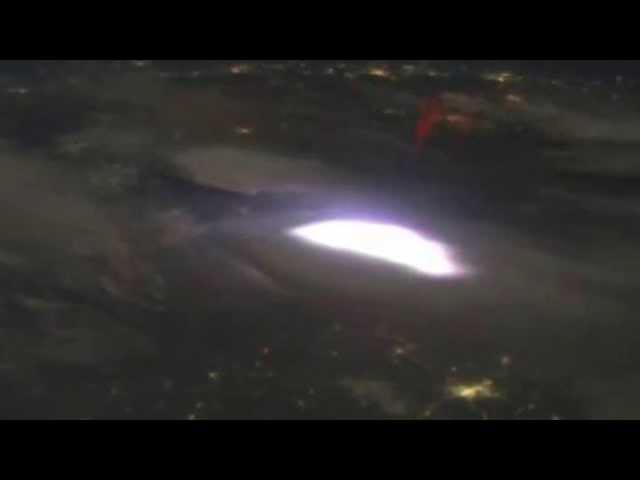
Auroras and Thunderstorms Wow'd ISS Astronaut | Video
Added 725 Views / 0 LikesAuroras and Thunderstorms Wow'd ISS Astronaut | Video
-
01:01

Galaxy Smash-Up 'Ejects' Supermassive Black Hole | Animation
Added 874 Views / 0 LikesGalaxy Smash-Up 'Ejects' Supermassive Black Hole | Animation
-
06:01
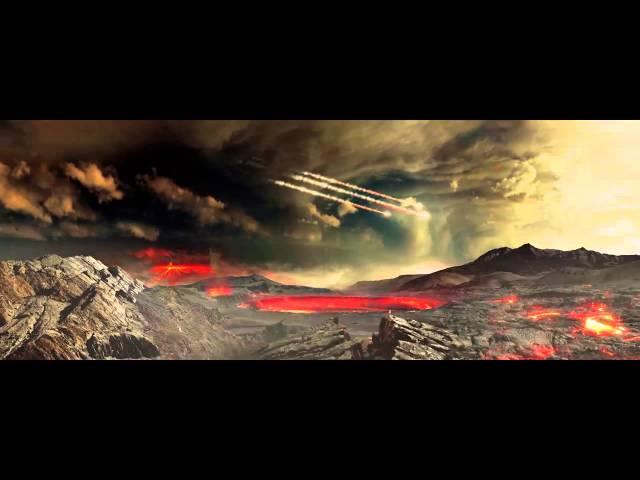
Asteroid’s Amazing Travels Could Reveal Solar System’s Secrets
Added 690 Views / 0 LikesAsteroid’s Amazing Travels Could Reveal Solar System’s Secrets
-
03:11

U.S. and China CO2 'Litters' Earth's Atmosphere | One-Year
Added 704 Views / 0 LikesU.S. and China CO2 'Litters' Earth's Atmosphere | One-Year
-
06:16
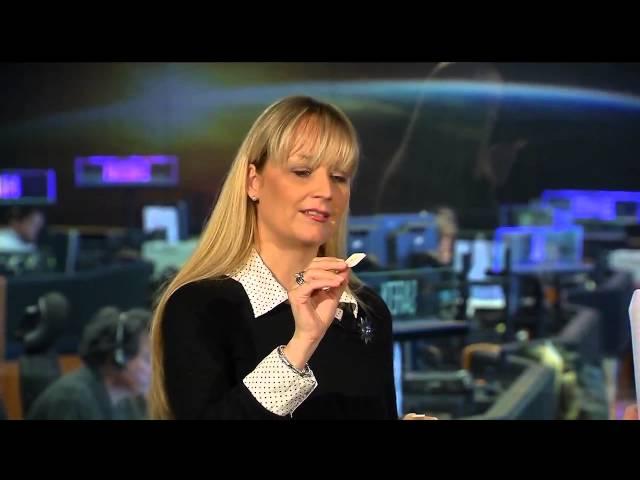
Space Station 3D Printer Readied For Test Prints | Video
Added 728 Views / 0 LikesSpace Station 3D Printer Readied For Test Prints | Video
-
01:11

Lou Ferrigno 'Hulks-Out' Over Orion Spacecraft | Video
Added 709 Views / 0 LikesLou Ferrigno 'Hulks-Out' Over Orion Spacecraft | Video
-
01:53
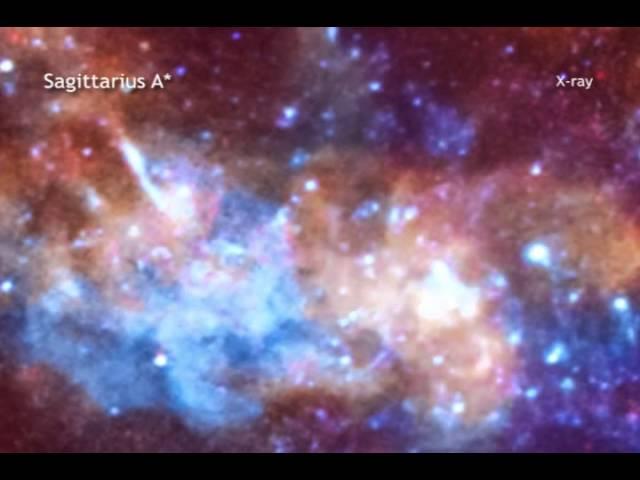
Does Our Galaxy’s Black Hole Produce Neutrinos? | Video
Added 772 Views / 0 LikesDoes Our Galaxy’s Black Hole Produce Neutrinos? | Video
-
02:01
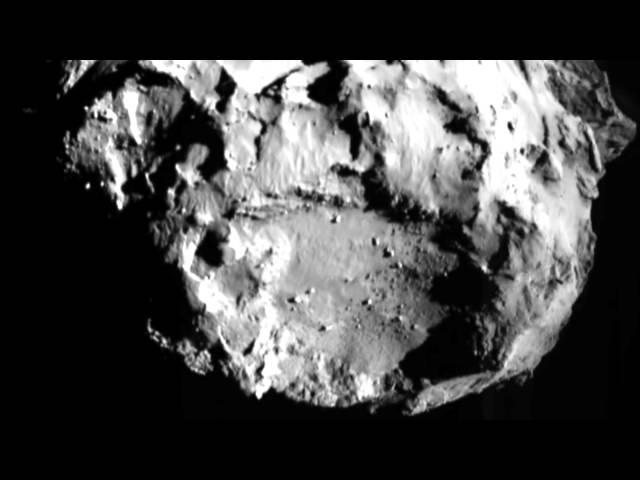
Comet Landing - Surface and Descent Pics Beamed To Earth | Video
Added 835 Views / 0 LikesComet Landing - Surface and Descent Pics Beamed To Earth | Video
-
01:31
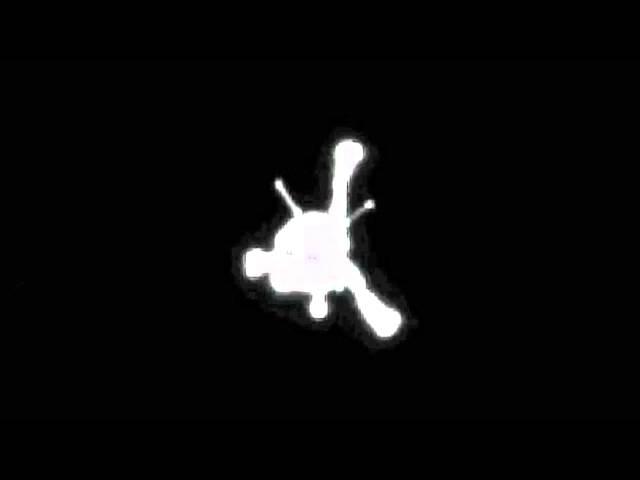
Good-Bye Mothership - Rosetta and Philae Post-Separation Snaps | Video
Added 707 Views / 0 LikesGood-Bye Mothership - Rosetta and Philae Post-Separation Snaps | Video
-
02:07
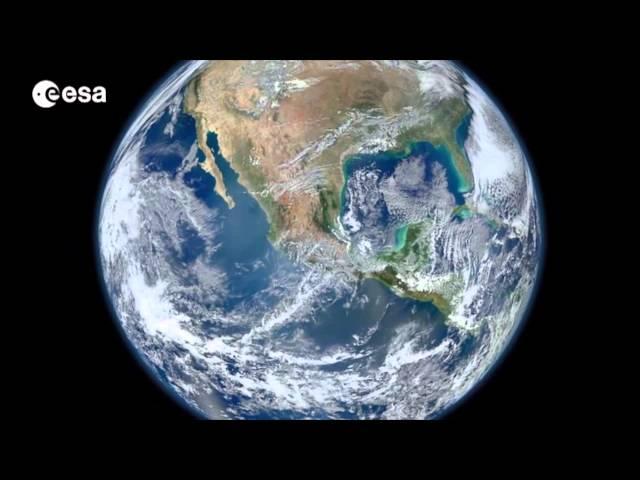
Comet Landing - What's NASA's Role? | Video
Added 747 Views / 0 LikesComet Landing - What's NASA's Role? | Video
-
02:15

Philae Lands On Comet! - Mission Control Celebrates | Video
Added 715 Views / 0 LikesPhilae Lands On Comet! - Mission Control Celebrates | Video
-
01:05
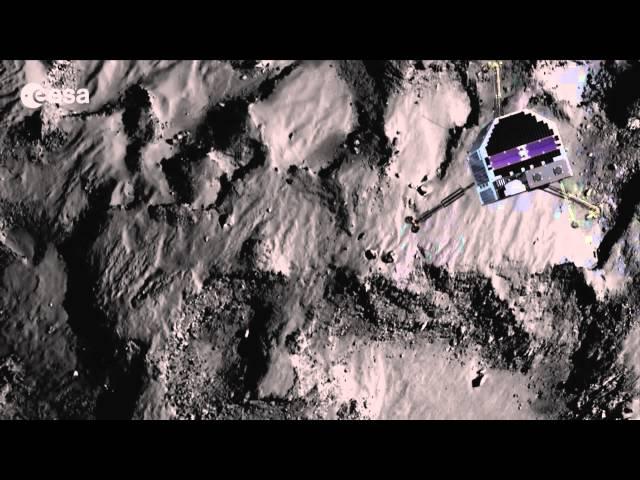
Daring Comet Landing Shown In New Animation
Added 712 Views / 0 LikesDaring Comet Landing Shown In New Animation
-
01:28
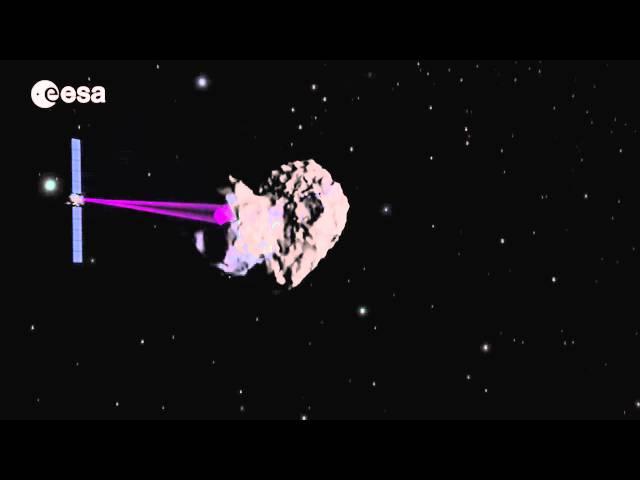
Rosetta’s Comet Sounds Like This (Magnetic Oscillations)
Added 727 Views / 0 LikesRosetta’s Comet Sounds Like This (Magnetic Oscillations)
-
01:37
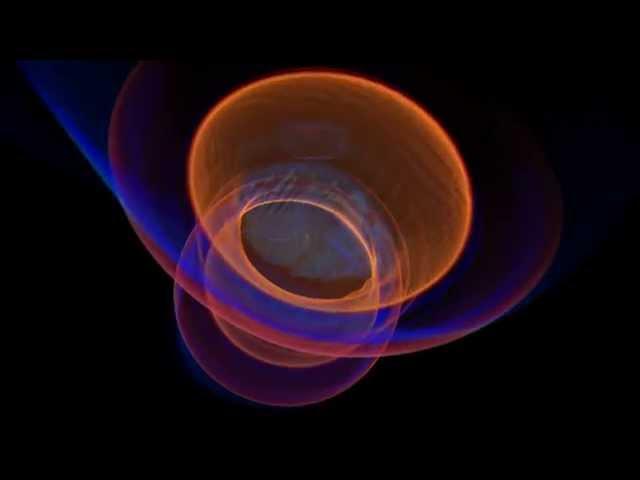
Mysterious Supernova's Shockwave Explained By Simulation | Video
Added 772 Views / 0 LikesMysterious Supernova's Shockwave Explained By Simulation | Video
-
02:41
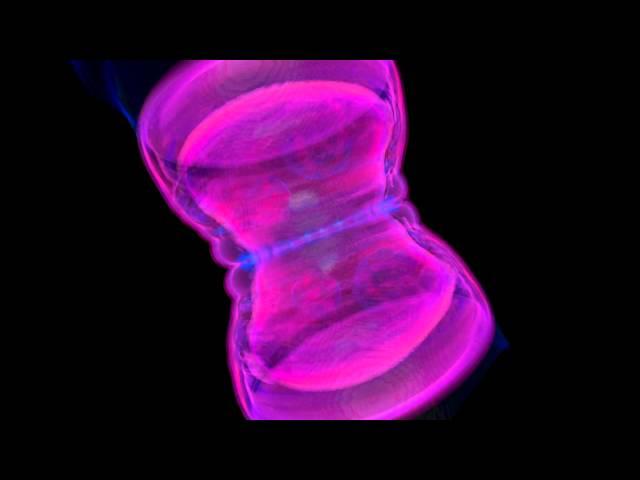
Supernova Remant 'Dissected' By Astronomy Research Center | Visualization
Added 707 Views / 0 LikesSupernova Remant 'Dissected' By Astronomy Research Center | Visualization
-
05:38
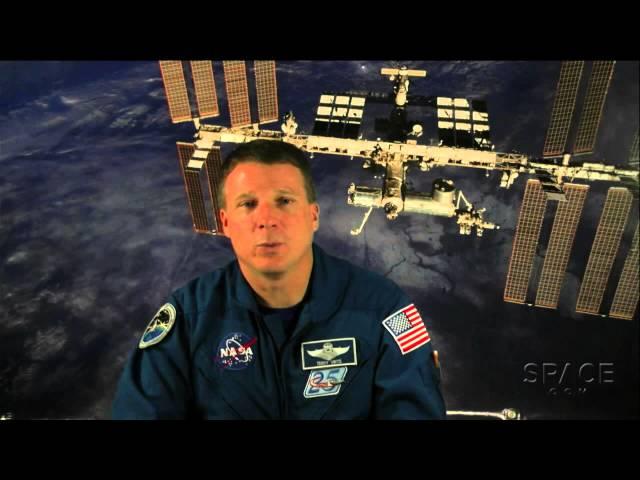
Shuttle 'Business Trip' vs 'Moving' To Station - Astronaut Terry Virts Interview | Video
Added 786 Views / 0 LikesShuttle 'Business Trip' vs 'Moving' To Station - Astronaut Terry Virts Interview | Video
-
01:33
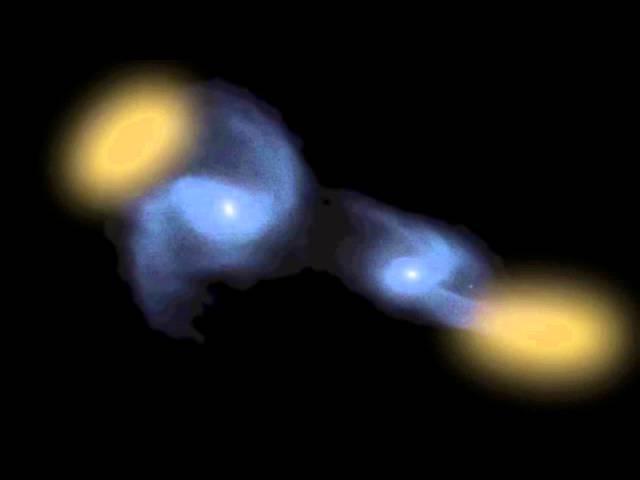
Unexpected Brighter Sky Due To Rogue Stars | Video
Added 669 Views / 0 LikesUnexpected Brighter Sky Due To Rogue Stars | Video
